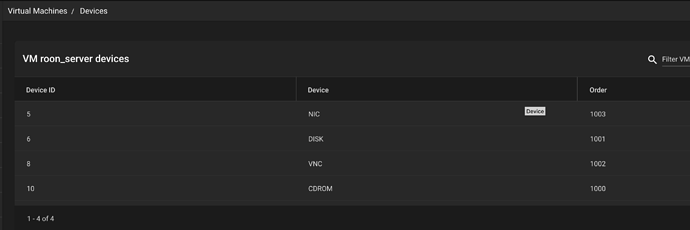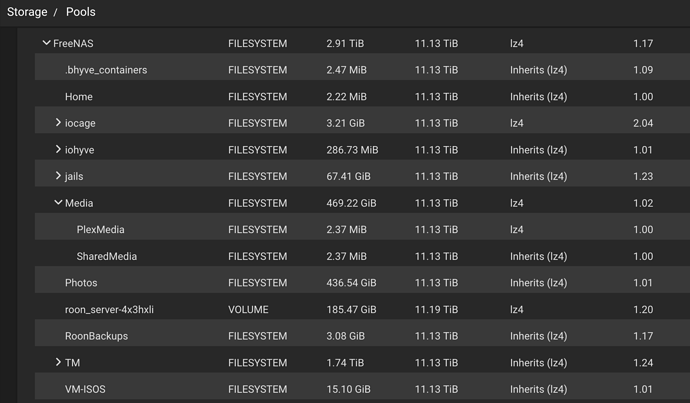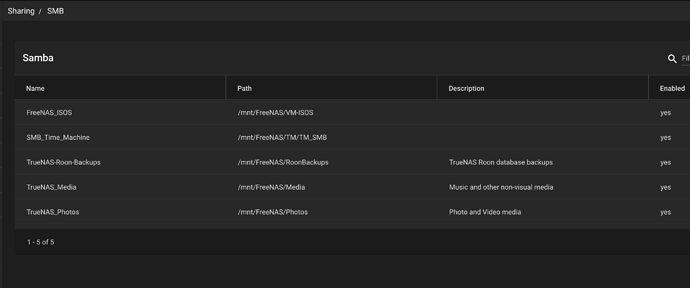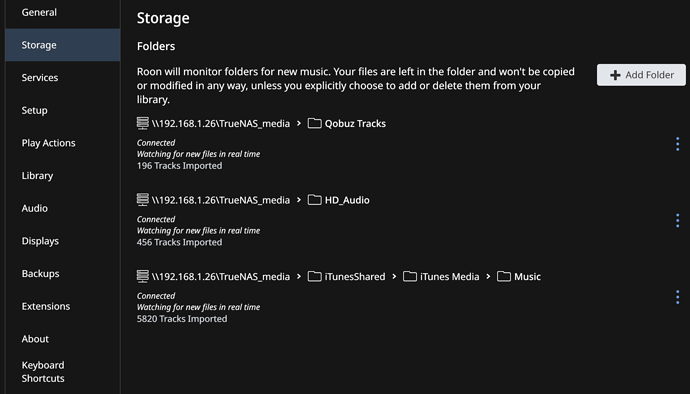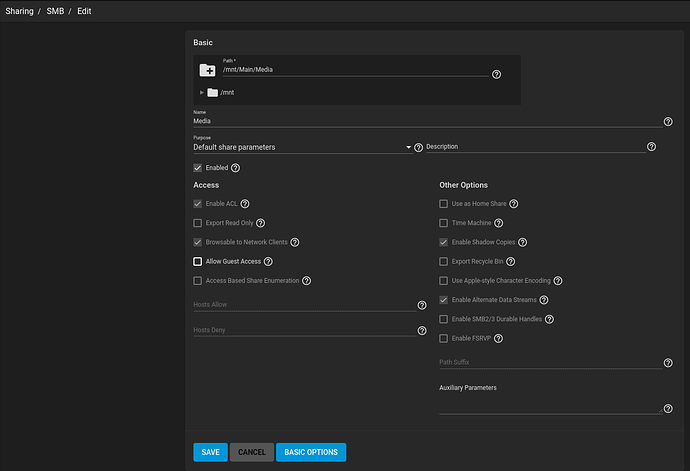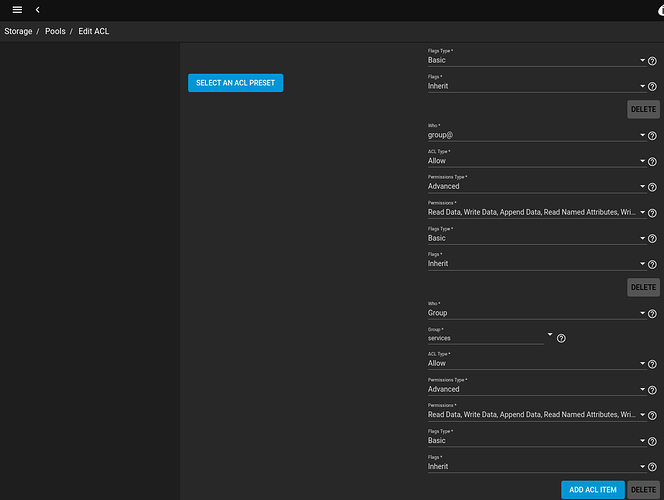Am I the only crazy who runs his Roon Core in a FreeNAS VM?
iX Systems, makers of FreeNAS software and enterprise grade storage appliances is in the process of rebranding FreeNAS as TrueNAS and rearchitecting the product distribution into small, mid-scale, and enterprise versions all running the same code base. The current products have three separate code bases with three documentation sets. TrueNAS is looking to simplify its development and test workflow by consolidating the code base and documentation set.
The small and mid-scale products will continue to run under the FreeBSD operating system. The enterprise system is designed to run on a large scale Linux cluster.
Version 12 is the revised architecture. Product roll out will be in the late fall. The small and mid-scale products should look familiar. There is no talk of changing the host OS or virtualization subsystems of these products. The Enterprise product is new and allows TrueNAS to scale past the limits of current storage area network based TrueNAS systems.
According to Wikipedia, FreeBSD implements the Linux ABI in the FreeBSD kernel. This allows the Enterprise feature set Linux image to run directly on FreeBSD. FreeBSD 12 continues with BHYVE virtualization and no change of UI is expected so VM rebuilds should not be needed.
Base functionality is available without a license key. Unlocking of mid-scale and large-scale features will require a paid license.
Advantages of running Roon Core on TrueNAS:
FreeNAS provides very robust file service to networks of any scale from home and office to enterprise work groups and maybe larger.
On small scale systems the store can be single or dual failure protected (Raid Z2) and is expandable. The store can be backed up by replication to a commercial service like Backblaze B2, a second FreeNAS server, or to an internal disk provided for that purpose. USB external disks didn’t work well as a replication target. The USB disk firmware would take too long to wake the disk from hibernation when a replication transfer started.
Roon Core runs in a Virtual Machine. The VM mounts the music library storage as a VM device. A second VM device mounts the backup directory. Running Roon Core in the VM ensures that Roon starts after the file server is ready to serve files.
Issues I’ve encountered:
The only fly in the ointment is that the VM can become confused by power glitches from windstorm flashover clearing. The controllers will hang. A restart of the Roon VM corrects the issue.
From time to time iX Systems changes the FreeNAS/TrueNAS subsystem to track developments in the underlying FreeBSD and Linux operating systems. A system update can force a Roon Core re-installation but this is relatively easy and is a relatively rare and announced occurrence.
Separate Roon Core Experience
I’ve tried Roon Core on a 2009 Mac Mini both under MacOS and Linux. The issue was that Mac OS was not designed to run network services like Roon Core. I had to leave a user logged in on the console so the shares could be mounted. It won’t mount them at boot but it will start Roon Core at boot. Doh.
With Linux, Roon Core would run as a service and Linux would mount the shares at boot up but I had to take care that the file server was ready before booting the Linux Roon Core machine. A NUC or Nucleus would have this same issue with network storage. Roon’s installation instructions did not cover automounter configuration for Roon.
